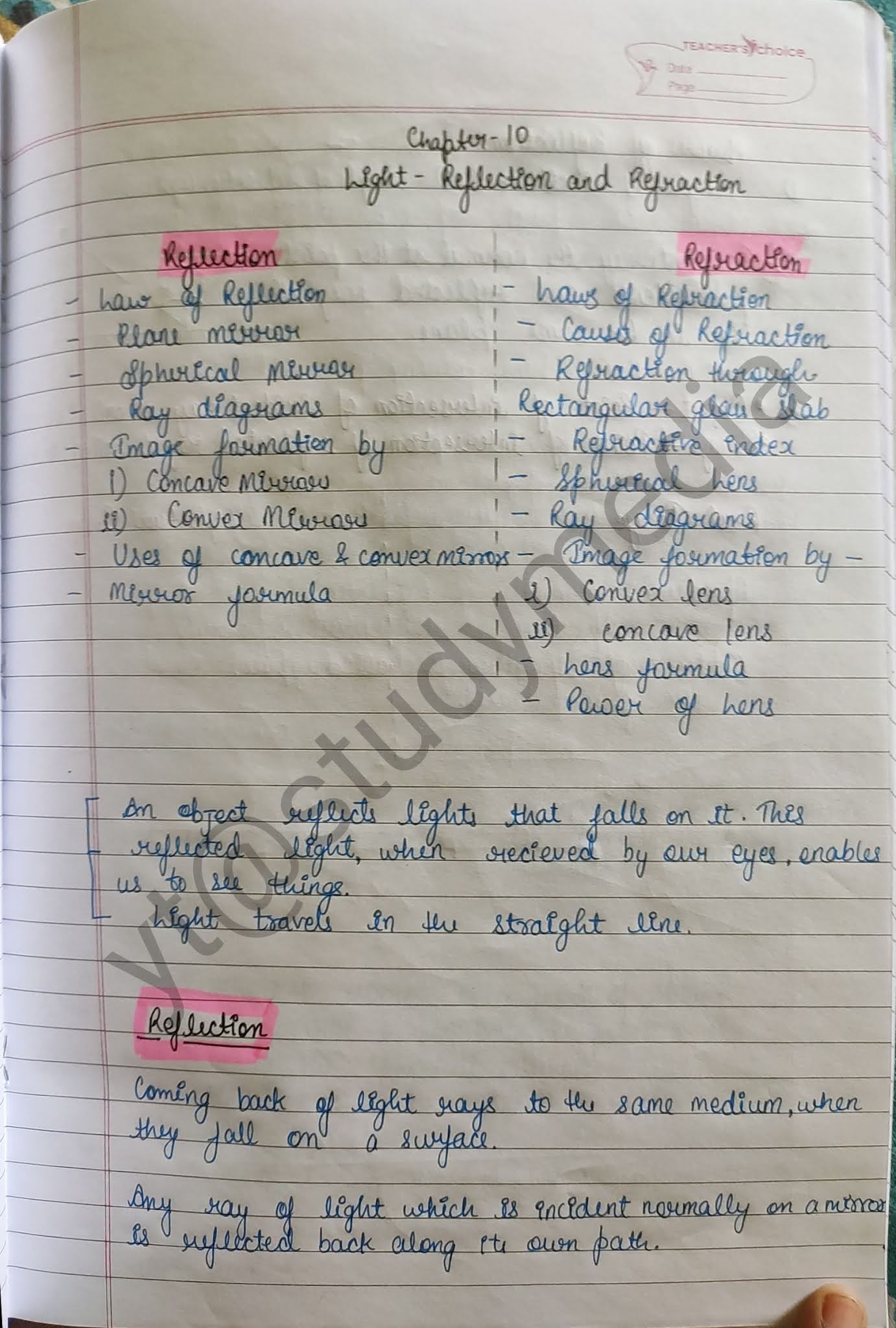NATURE OF LANGUAGE syllabus and readings
C1.1 NATURE OF LANGUAGE
Unit 1
Aspects of Linguistic Behavior: verbal and non-verbal communication; human
and non-human communication; defining features of a human system of communication; language and mind; language and society; language as rle governed behavior and linguistic variability; speech and writing.
Unit 2
Linguistic Systems : the organization of sounds; the structure of sentences; the
concept of Universal Grammar; nature and structure of meaning; basic concepts
in phonology, syntax and semantics (to be taught through suitable illustrations).
Unit 3
Text and Linguistic Systems : organization of text discourse structure, oral and
written; nature of class room discourse. Structure of a story, poem, essay etc.,
points of entry into texts to teach them more effectively (to be taught through
practicum).
Unit 4
Languages of India: multilingualism; using the multilingual resource of a
classroom (to be taught through practicum).
Revised syllabus
READINGS
1. Agnihotri, R.K. and Khanna A.L. (eds) English Grammar in Context, Ratnasagar : Delhi, 1996.
2. Agnihotri, R.K. "Multilingualism as a Classroom Resource', in K. Heugh, et. al. (eds.) Education
for South Africa, Heinemann: Johannesburg, 1995.
3 Agnihotri, R. K. Sociolinguistic Aspects of Multilingual Classrooms, Paper presented at
the International Seminar on Language in Education, Cape Town, South Africa,
January 15-20,1996.
4 Aitchison, J. Linguistics, Hodder and Stoughton: London, 1978. Chap. 1-5.
5. Brumfit, C. J. and J. T. Roberts. Language and' Language Teaching, Batsford Academic and
Educational (H): London, 1983. Chapter 1-5, 7.
6. Hudson, R. A. Sociolinguistics, Cambridge University Press : Cambridge, 1980, Chapters 1 and 2.
7. IGNOU, CTE - 02. Certificate Programme in Teaching of English as a Second Language: The
Structure of English, IGNOU: New Delhi, 1995.
8. IGNOU, EBG - 02. Elective Course in English: 7The Structure of Modern English, Blocks 1 and 2:
Phonetics and Phonology; Blocks 3 and 4: Morphology; Blocks 5, 6 and 7: Syrntax, IGNOU:
New Delhi, 1989.
9. IGNOU, ATR- 01. Application in Translation, IGNOU: New Delhi, Reprint 2000.
10. Shapiro, M. C. A Primer of Modern Standard Hindi, Motilal Benarsidass: Delhi, 1989, Chapter
1-3, 27, 28.
11. Verma, S.K., and N. Krishnaswamy. Modern Linguistics: An Introduction, Oxford University
Press : Delhi, 1993. Chapters 1 & 2.
12. Yule, G. The study of Language, (2nd Edition), Cambridge University Press : Cambridge 1996.
Chapters 3-8, 19-20.
13. Narang ,Vaishna Samanya Bhasha Vigyan Prakashan,Sansthan Delhi 1984
ADVANCED READINGS
1. Agnihotri, R.K. and A.L. Khanna. Research in Applied Linguistics, Series (1-4), Sage New Delhi,
1995.
2. Akmajian, A., RA. Demers and R.M. Harnish. Linguistics: An Introduction to Language and
Communication, Mass MIT Press: Cambridge, 1984.
3. Bloomfield, L. Language, Holt, Rinehart and Winston: Chicago, 1933; Delh, 1994, Chap. 13 and14.
4. Chomsky, N. The Formal Nature of Language, Lennerberg, 1967.
5. Gargesh, R. Sheily Vigyan, Kavya Bhasha Aur Hindi Pariärislıya, Pashyanti, Delhi Uriversity:
Delhi, July-August 1995, 47-53.
6. Hocket, C. F. A Course in Modern Linguistics, Macmillan : New York, 1958.
7. Khubchandani, C. M. (ed.) Language in a Plural Society, ILAS : Shimla, 1988.
8. Leech, G. N. Semantics, Penguin: Harmondsworth, 1981.
9. Pandit, P.B. India as a Sociolinguistic Area, University of Poona: Poona, 1972.
10. Radford, A.Transformational Syntax, Cambridge University Press : Cambridge, 1981.
11. Sapir, E. Language, Harcourt Bruce: New York, 1949. Chapter 4.
12. Trask, RL. Language : The Basics, Routledge : London, 1995.
13. Tiwari, Bholenath Bhasha Vigyan, Prabhat Prakashan Delhi,1988





Comments
Post a Comment